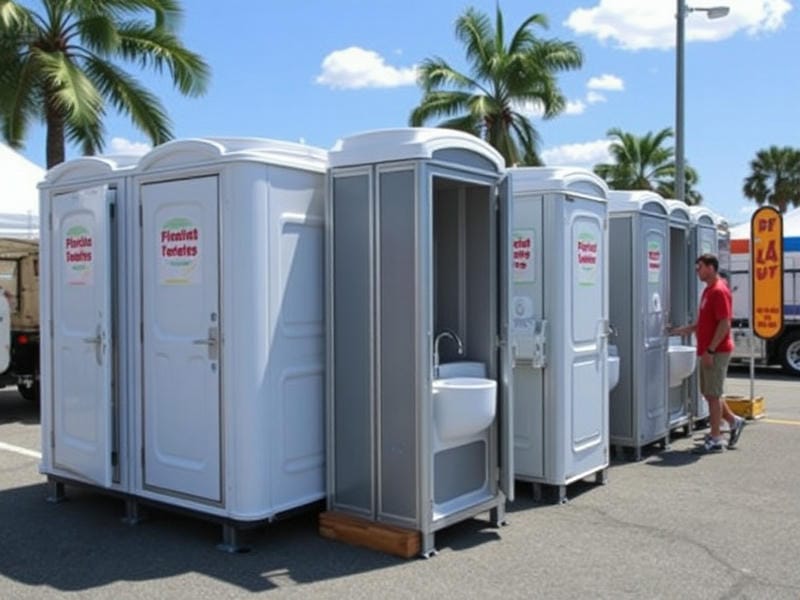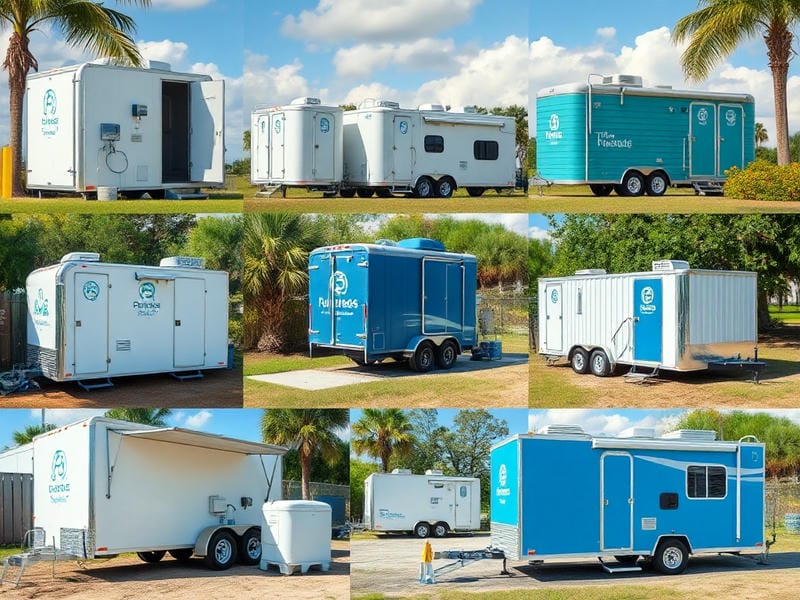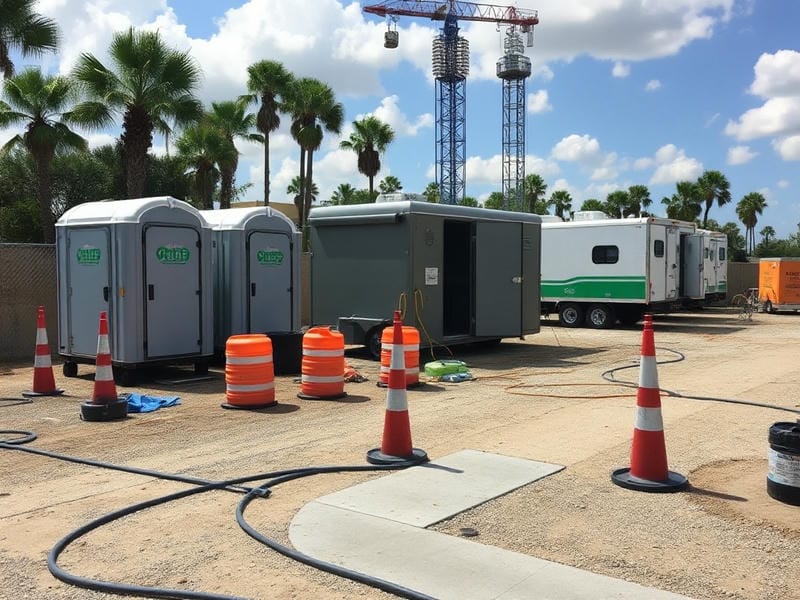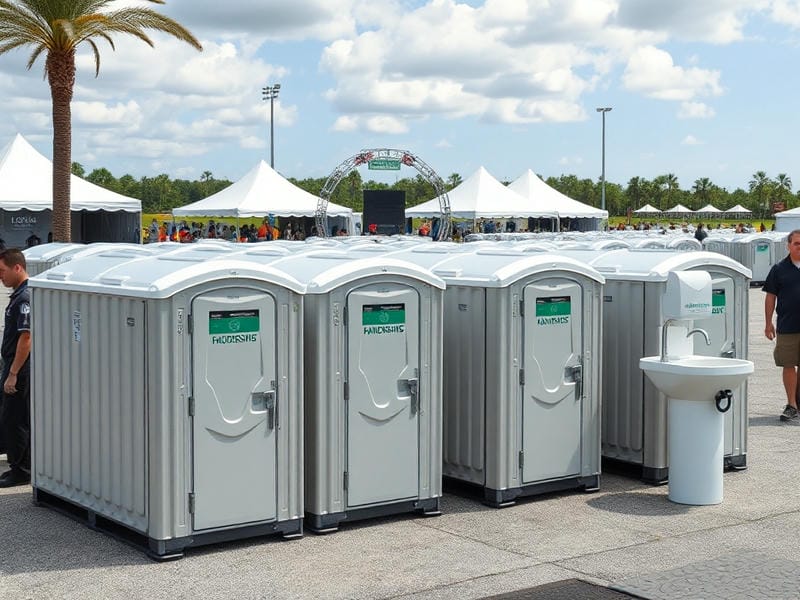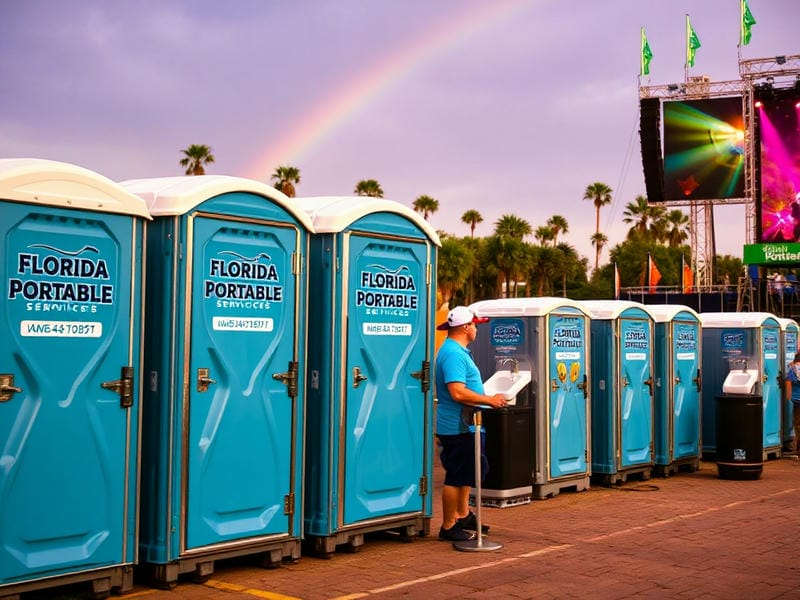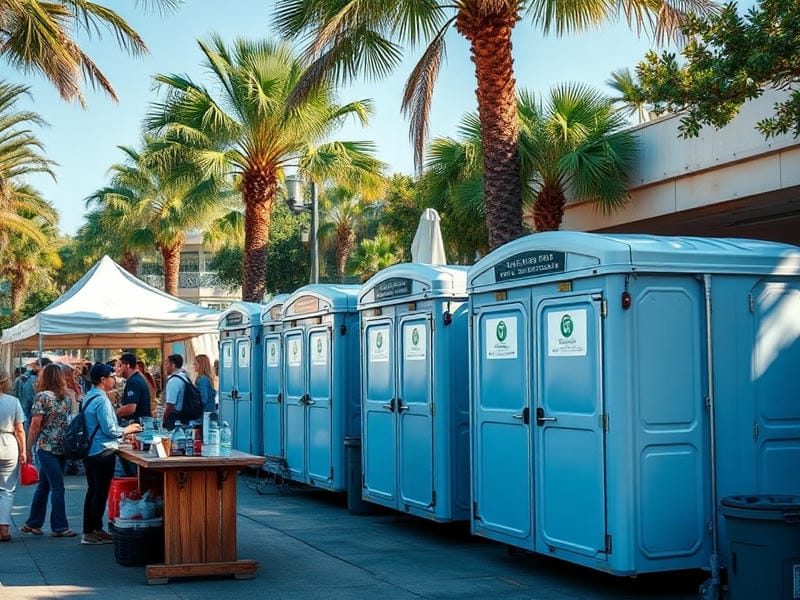
Key Features of ADA-Compliant Portable Restrooms
Ensuring Health Compliance in Temporary Restroom Facilities
In today's rapidly evolving world, the necessity of maintaining impeccable hygiene and sanitation standards is more crucial than ever, especially in temporary restroom facilities. These facilities, often found at construction sites, outdoor events, or emergency relief areas, serve as critical touchpoints for public health compliance. Ensuring that they meet stringent hygiene and sanitation standards is not just a matter of comfort but a pivotal aspect of safeguarding public health.
Portable sanitation services are designed to meet diverse customer needs. porta potty delivery Gainesville dumpster.
The importance of hygiene in these settings cannot be overstated. Temporary restrooms are frequented by numerous individuals, increasing the risk of contamination and the spread of infectious diseases if proper measures are not diligently upheld. Poorly maintained facilities can become breeding grounds for harmful bacteria and viruses, posing significant health risks to users. Therefore, implementing rigorous cleaning protocols is essential to prevent potential outbreaks.
Sanitation standards play an equally vital role in ensuring these restrooms remain functional and safe for use. Adequate waste disposal systems must be in place to manage human waste effectively. Without this infrastructure, the likelihood of environmental contamination escalates significantly. This not only endangers human health but also disrupts ecosystems and local wildlife habitats.
Furthermore, adherence to health compliance regulations is imperative for organizations operating temporary restrooms. Regulations often stipulate specific guidelines regarding cleanliness frequency, waste management procedures, and availability of sanitation supplies like hand sanitizers or soap dispensers. Compliance with these rules demonstrates a commitment to public safety and enhances trust among users who rely on these facilities during their daily activities.
Education around hygiene practices is another cornerstone of ensuring high standards are met consistently. Users should be informed about proper handwashing techniques and encouraged to report any issues within the facility promptly. By fostering a culture that prioritizes cleanliness and responsibility among users and providers alike, we can collectively mitigate health risks associated with temporary restroom facilities.
In conclusion, the significance of maintaining robust hygiene and sanitation standards within temporary restroom facilities extends beyond mere regulatory obligations; it is fundamentally about protecting public well-being. By focusing on comprehensive cleaning protocols, effective waste management systems, strict regulatory compliance, and user education, we can ensure these essential services maintain their integrity even under challenging conditions. As we continue navigating complex global health landscapes, such commitments become indispensable pillars supporting community resilience against potential threats.
